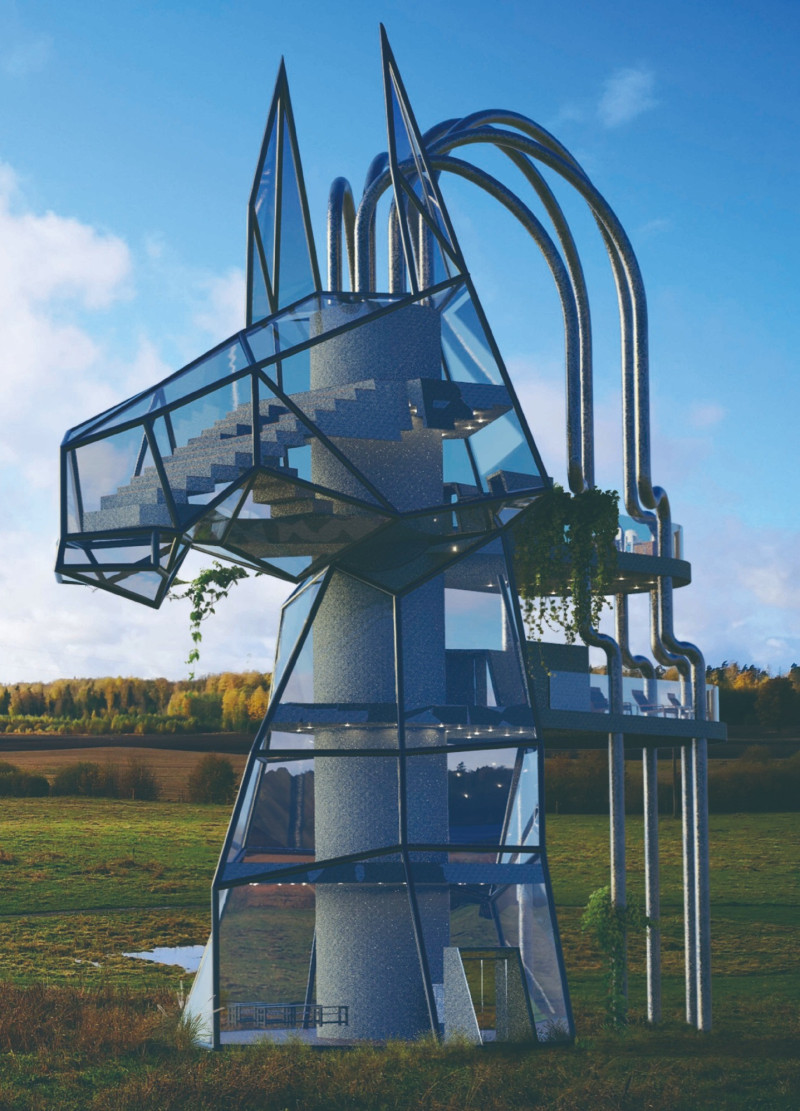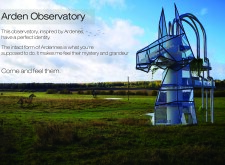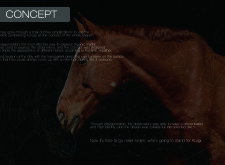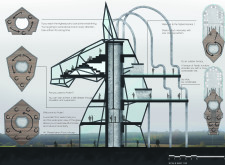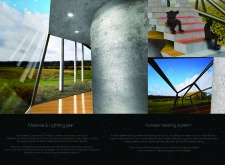5 key facts about this project
The Arden Observatory is an architectural design situated in a natural landscape inspired by the Ardennes region. It serves as a space for observation and reflection, built around the idea of "kurugi." The design features a polygonized form, which expresses organic shapes that respond to the environment. This creates a visual connection between the structure and its surroundings.
Design Concept
The observatory tells a story that changes with the seasons, using transparent glass to connect the inside with the outside. This choice allows people to engage with the landscape, reflecting the varying appearances of horses in different conditions. The glass façade enhances visibility and invites natural light into the space, enriching the experience for visitors.
Spatial Organization
Inside the observatory, the layout encourages exploration and interaction. Visitors are drawn to the highest point, where they can take in sweeping views of the area. From this vantage point, there is a strong connection to the landscape that invites contemplation. The arrangement of spaces promotes flow, encouraging people to engage with both the architecture and the natural environment.
Materiality and Ambiance
Materials chosen for the observatory play a vital role in its character and function. Wood is used for the flooring, providing warmth and a welcoming atmosphere. This choice enhances the sensory experience, allowing visitors to feel more connected to the space and the nature around it. The combination of wood and glass creates a balanced environment that promotes comfort.
Lighting and Heating
Natural light is essential to the design, ensuring a bright and inviting interior during the day. Electric lights are installed as point sources, delivering focused illumination that shifts the atmosphere in the evenings. Additionally, a Korean-style ondol heating system provides warmth through underfloor heating, improving comfort and air quality within the observatory.
The highest terrace of the observatory features Nordic furniture, offering a simple yet inviting space for visitors to pause and enjoy the expansive views of the landscape.


